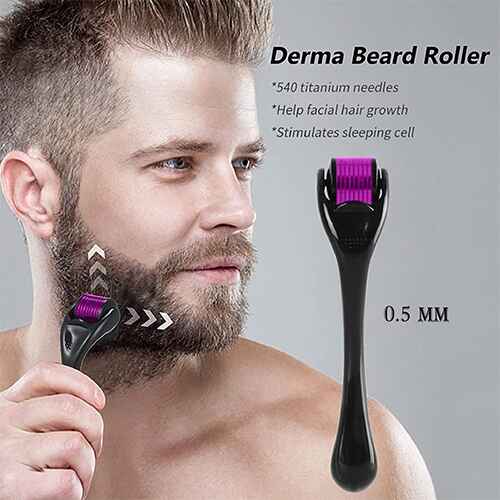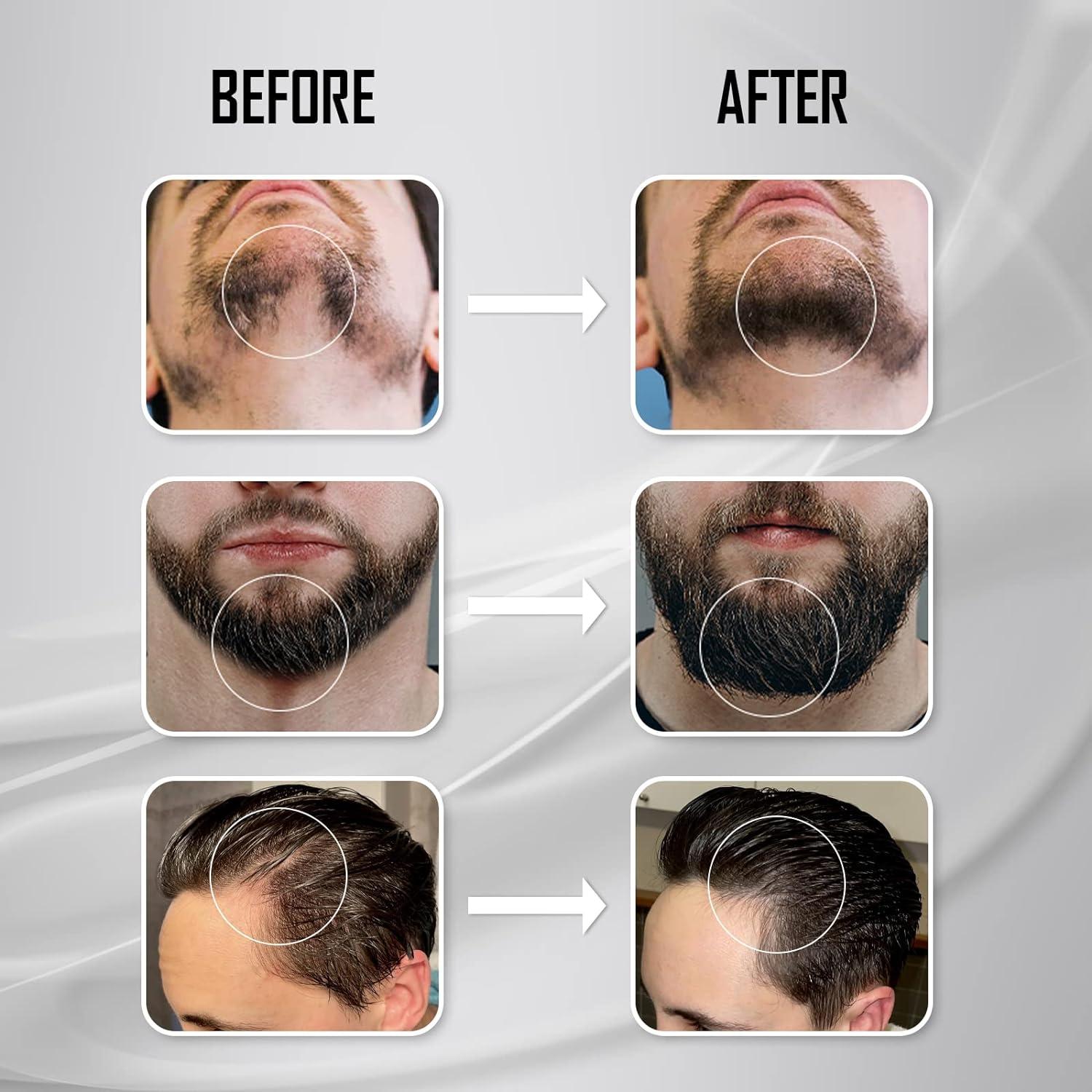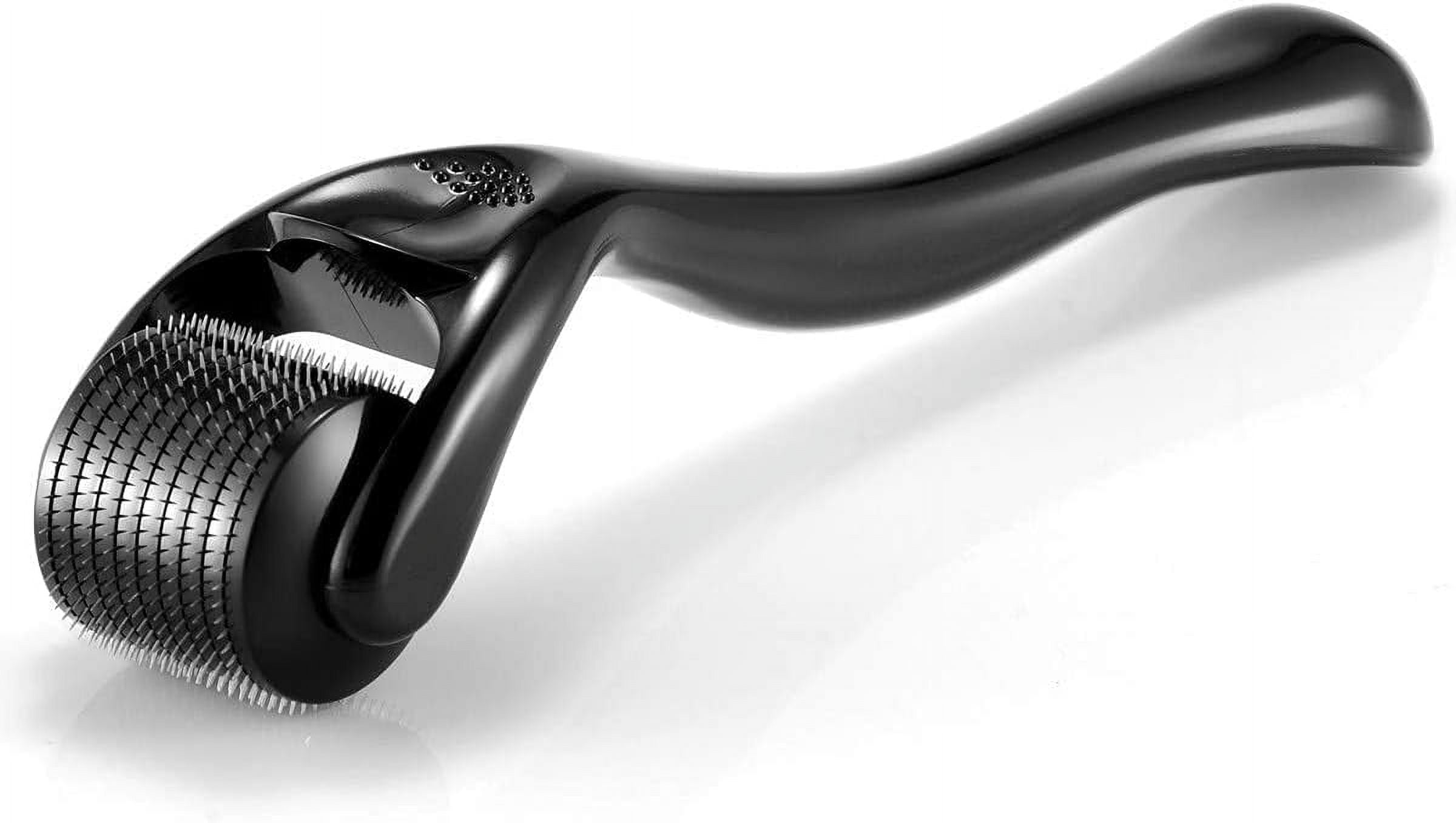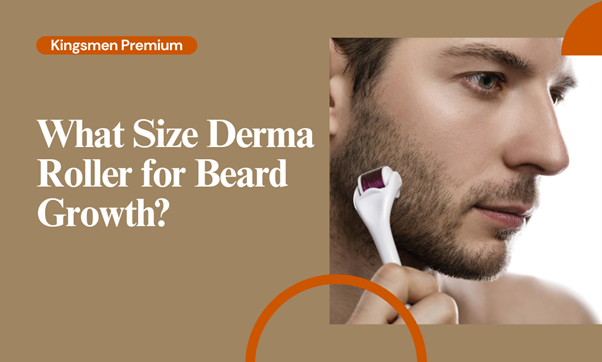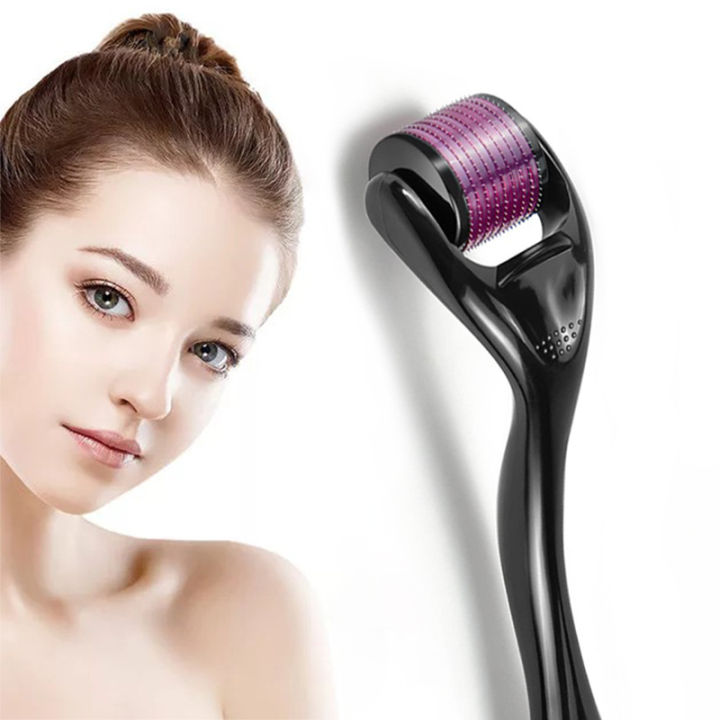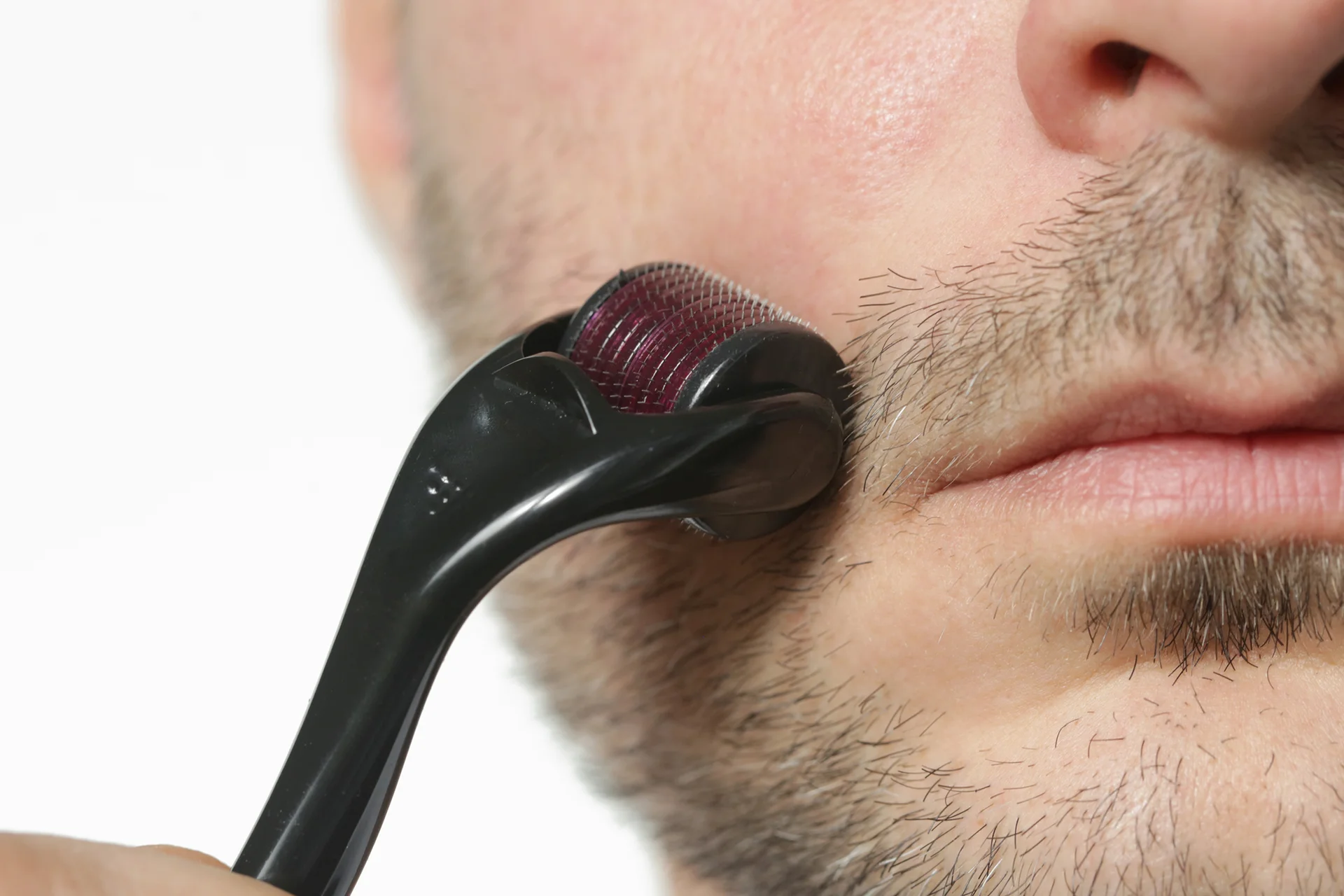Derma Roller Needle Size For Beard Growth

The quest for a fuller, thicker beard has led many men to explore alternative methods, with derma rolling emerging as a popular, albeit debated, technique. Central to its effectiveness is the needle size used, sparking ongoing discussions about the optimal length for stimulating beard growth.
Understanding the nuances of needle size is crucial for individuals considering this approach. Choosing the wrong size could lead to ineffective results, skin irritation, or even potential damage.
What is Derma Rolling for Beard Growth?
Derma rolling, also known as microneedling, involves using a handheld device covered in small needles to create micro-injuries on the skin. The aim is to stimulate the body's natural healing process, promoting collagen and elastin production.
This process, proponents argue, can increase blood flow to the hair follicles and encourage hair growth in areas where it might be sparse or dormant. However, the scientific evidence supporting its effectiveness for beard growth specifically is still evolving.
The Importance of Needle Size
The depth to which the needles penetrate the skin is a key factor in determining the outcome of derma rolling. Different needle sizes serve different purposes, and the ideal choice depends on individual skin type and desired results.
For beard growth, needle sizes typically range from 0.25mm to 1.5mm. However, the most commonly recommended range, according to various anecdotal reports and some dermatologists, is between 0.5mm and 0.75mm.
0.25mm Needles:
These are considered the mildest and are primarily used to enhance product absorption. They may not be deep enough to significantly stimulate collagen production for beard growth.
Some users incorporate 0.25mm needles into their routine to prepare the skin for topical treatments like Minoxidil, aiming to improve their effectiveness.
0.5mm - 0.75mm Needles:
These sizes are often cited as the sweet spot for stimulating collagen production and promoting hair growth. They create micro-injuries that trigger the body's healing response without causing excessive damage.
Experts like Dr. Alan Bauman, a hair restoration physician, often mention these sizes as a safe and effective starting point for beginners.
1.0mm - 1.5mm Needles:
These are more aggressive and are generally recommended for individuals with thicker skin or those seeking more significant collagen stimulation. However, they also carry a higher risk of scarring and require careful handling.
It is generally recommended to use these sizes under the guidance of a dermatologist or trained professional.
Potential Risks and Considerations
Regardless of the needle size chosen, derma rolling comes with potential risks. These include skin irritation, redness, inflammation, and even infection if the device is not properly sterilized.
Individuals with sensitive skin or certain skin conditions should exercise caution and consult a dermatologist before trying derma rolling. Furthermore, it's essential to use a high-quality derma roller from a reputable brand to minimize the risk of damage.
Proper hygiene is paramount. Clean the derma roller with isopropyl alcohol before and after each use to prevent the spread of bacteria. Avoid overusing the device, as this can lead to skin damage and hinder the healing process. Most experts recommend derma rolling no more than 2-3 times per week.
Expert Opinions and Scientific Evidence
While anecdotal evidence and testimonials abound, the scientific literature on derma rolling specifically for beard growth is limited. Most studies focus on its use for hair loss on the scalp.
However, the underlying principle of stimulating collagen production and increasing blood flow to follicles remains the same. More research is needed to determine the optimal needle size and frequency for beard growth.
Ultimately, the optimal needle size for derma rolling for beard growth varies depending on individual factors. Starting with a smaller needle size (0.5mm) and gradually increasing if needed is a cautious approach. Consulting a dermatologist is highly recommended, especially for individuals with sensitive skin or pre-existing skin conditions. Understanding the risks and benefits is essential before embarking on this beard-growing journey.


